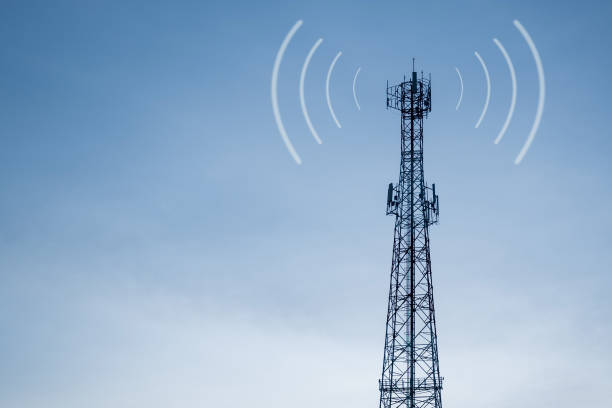Microwave Backhaul: The Unsung Hero of Mobile Network Infrastructure
In the ever-evolving landscape of telecommunications, microwave backhaul technology stands as a crucial yet often overlooked component of mobile network infrastructure. This innovative solution plays a vital role in connecting cell towers and base stations, ensuring seamless connectivity for millions of users worldwide. As demand for faster and more reliable mobile services continues to grow, understanding the intricacies of microwave backhaul becomes increasingly important for industry professionals and consumers alike.

Historical Context and Technological Advancements
The concept of using microwave frequencies for communications dates back to the mid-20th century, with early applications in military and commercial sectors. However, it wasn’t until the advent of digital cellular networks in the 1990s that microwave backhaul began to gain prominence in mobile infrastructure. Since then, continuous technological advancements have significantly improved the capacity, reliability, and efficiency of microwave backhaul systems.
Key Advantages of Microwave Backhaul
One of the primary benefits of microwave backhaul is its rapid deployment capability. Unlike fiber optic installations, which require extensive trenching and cable-laying, microwave links can be set up quickly and with minimal disruption to existing infrastructure. This agility proves particularly valuable in emergency situations or when expanding network coverage to remote areas.
Capacity and Performance Enhancements
Recent innovations in microwave backhaul technology have led to substantial improvements in data transmission capacity. Advanced modulation techniques, such as 4096QAM, coupled with wider channel bandwidths, now enable microwave links to achieve speeds of up to 10 Gbps. This increased capacity allows mobile operators to meet the growing demand for data-intensive applications and services.
Spectrum Efficiency and Frequency Bands
As the telecommunications industry grapples with spectrum scarcity, microwave backhaul offers a solution through its efficient use of higher frequency bands. The E-band (71-76 GHz and 81-86 GHz) and V-band (57-64 GHz) have emerged as promising options for high-capacity backhaul links, providing ample bandwidth for future network requirements.
Adaptive Modulation and Carrier Aggregation
To ensure optimal performance in varying weather conditions, modern microwave backhaul systems employ adaptive modulation techniques. This dynamic approach allows the system to adjust its modulation scheme based on environmental factors, maintaining link stability while maximizing throughput. Additionally, carrier aggregation technology enables the combination of multiple frequency channels, further enhancing capacity and reliability.
Integration with Small Cell Networks
As mobile operators deploy dense small cell networks to improve coverage and capacity in urban areas, microwave backhaul plays a crucial role in connecting these distributed access points. The compact form factor and flexible deployment options of microwave equipment make it well-suited for small cell backhaul, supporting the evolution towards 5G and beyond.
Challenges and Future Outlook
Despite its numerous advantages, microwave backhaul faces challenges such as susceptibility to weather-related interference and line-of-sight requirements. However, ongoing research and development efforts are addressing these limitations through advanced beamforming techniques, multi-band operation, and integration with other backhaul technologies.
Conclusion
Microwave backhaul technology continues to be a cornerstone of mobile network infrastructure, enabling rapid network expansion and supporting the ever-increasing demand for mobile data services. As the telecommunications industry moves towards more advanced and densified network architectures, the role of microwave backhaul is set to evolve, adapting to new challenges and opportunities in the connected world of tomorrow.





